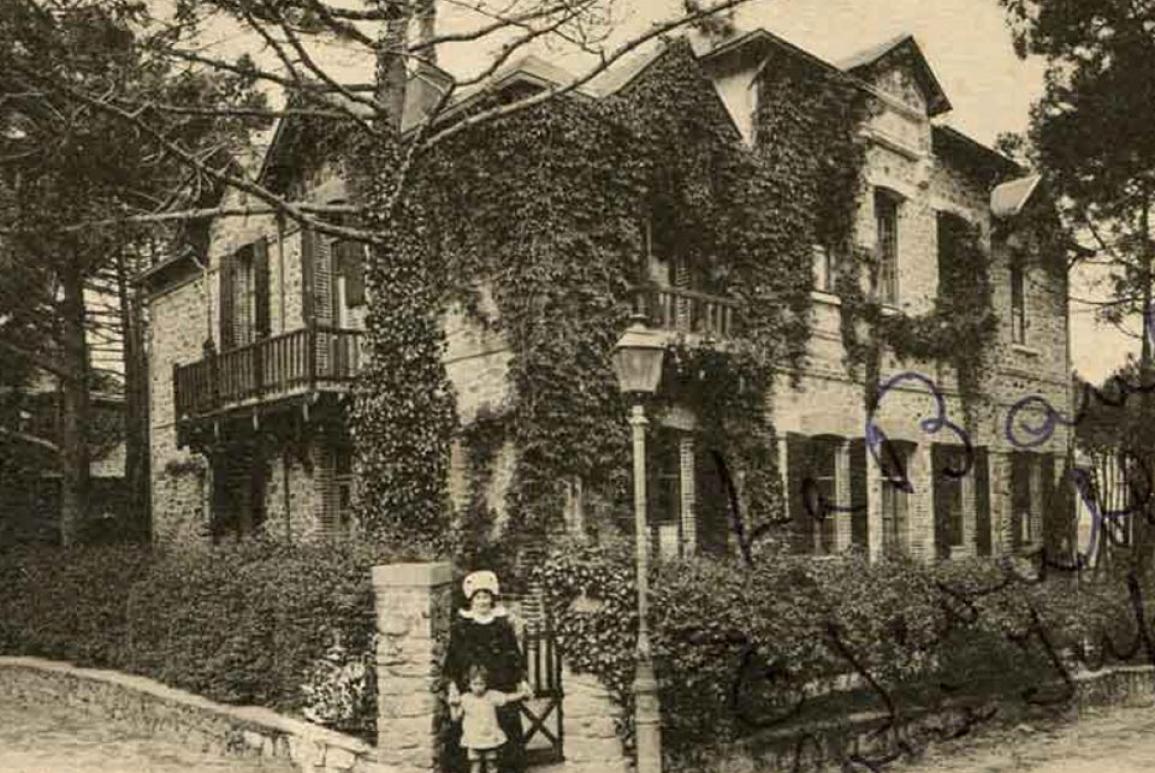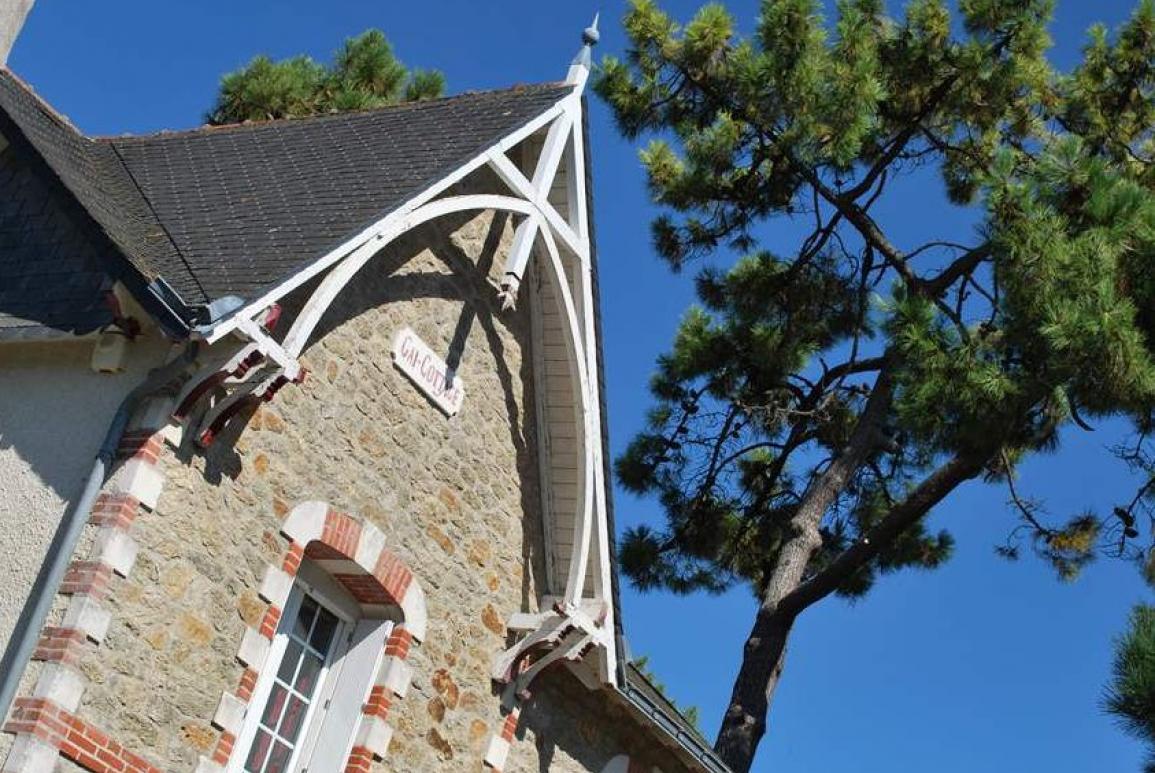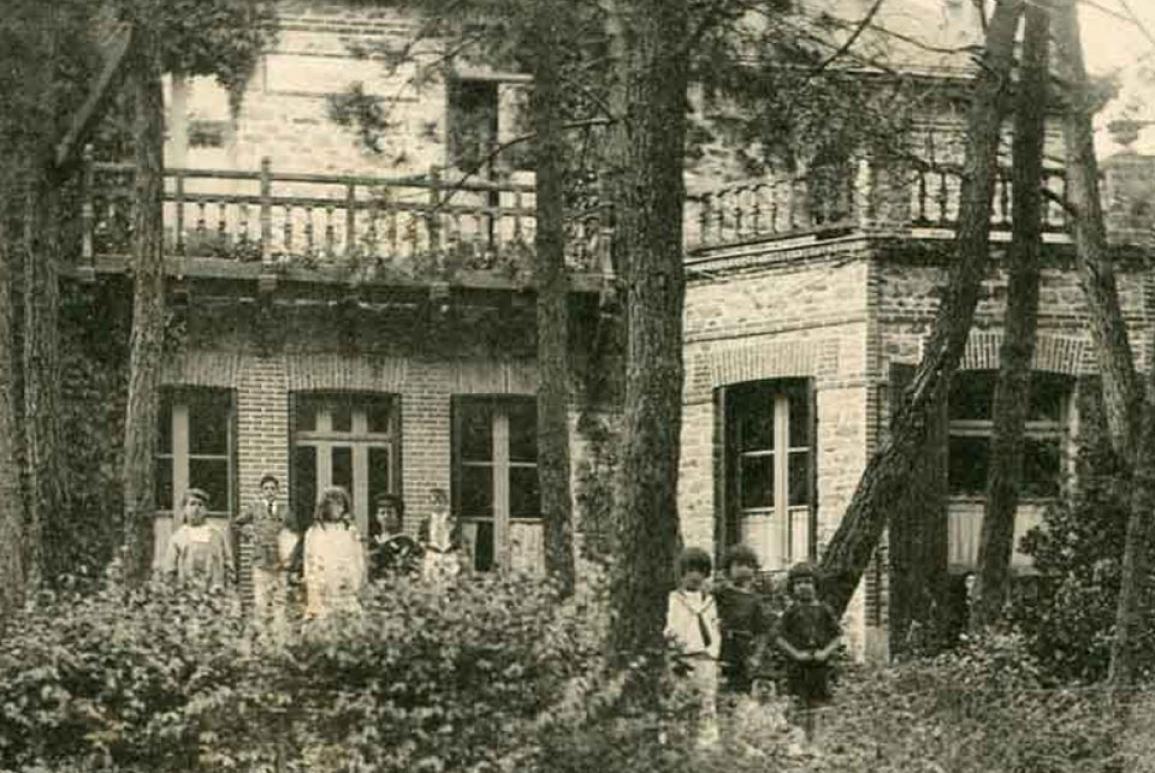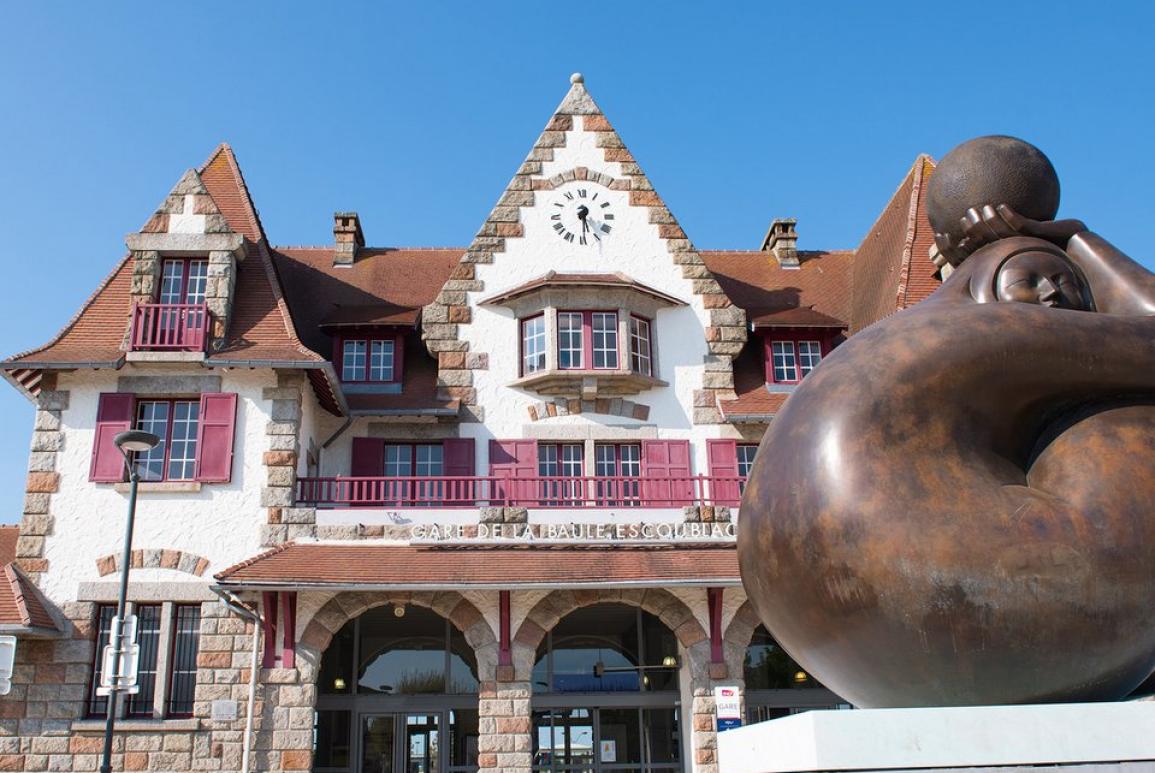History of La Baule
The resort town’s rise occurred at the end of the 19th century as seaside tourism grew ever popular. A number of notable Parisians and Nantais thus had villas built amid the dunes of La Bôle.
More than 6000 villas still exist today, the four villas of our hotel being prime examples. Our neighbourhood of the Quartier des Oiseaux is brimming with period villas, each one more original than the other, and bestowing the town with an unequalled architectural wealth.
Although you’ll be able to admire the villas as you move about, the Office du Tourisme de La Baule equally offers guided tours on foot or by bike lasting 90 minutes to 2 hours.








